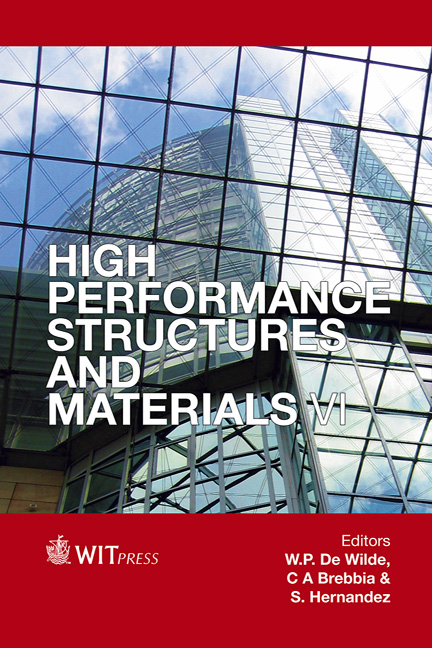Proposal Of Sheet Buckling Design Criteria For High Strength Steel Under Impact Crushing
Price
Free (open access)
Transaction
Volume
124
Pages
12
Page Range
427 - 438
Published
2012
Size
3,547 kb
Paper DOI
10.2495/HPSM120381
Copyright
WIT Press
Author(s)
K. Watanabe, K. Natori, H. Enjoji, T. Tanaka & Y. Imaida
Abstract
The purpose of this study is to verify the validity of sheet buckling design based on the effective width theory as an investigation of the impact crushing properties in high strength steel sheets. The need to make full cross-sections effectively without elastic buckling occurring is clarified and the application of the effective width theory under high speed deformation is considered. The findings of this investigation into the sheet buckling phenomenon are reported with numerical simulation by varying deformation strain rate, mechanical property of material and member configuration. The results demonstrate that the constant α used in the existing theory is function of strain rate and material yield stress σY. With increasing crush speed, the cross section of a steel sheet becomes effective; the design based on the existing theory has provided enough evidence of safety. Furthermore, some criteria for limit buckling design are proposed. Keywords: impact crushing property, sheet buckling behaviour, effective width theory, elastic buckling, buckling analysis, high strength steel, strain rate dependence, design criteria, crash safety, thin walled member. 1 Introduction In recent years, along with the trend of the low carbon society towards earth environment protection, the improvement in fuel consumption of the automobile has been strongly needed. Therefore, adopting high strength steel sheets as the material of automobile body construction has contributed to both weight reduction of the body and improvement in safety [1].
Keywords
impact crushing property, sheet buckling behaviour, effective width theory, elastic buckling, buckling analysis, high strength steel, strain rate dependence, design criteria, crash safety, thin walled member.





